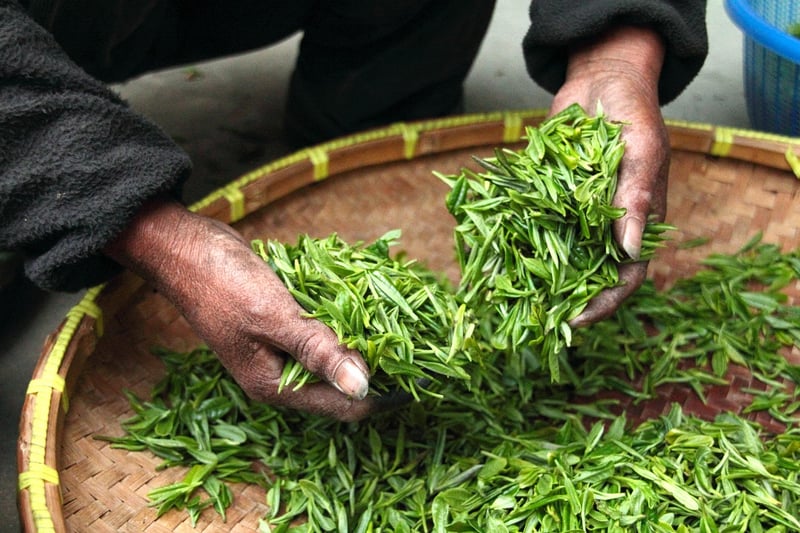Rainwater Harvesting
The Benefits of Rainwater Harvesting for Environmentally Conscious Practices

Introduction
Rainwater harvesting is a sustainable practice that involves collecting and storing rainwater for later use. It is an environmentally friendly method that can benefit both individuals and communities by conserving water resources and reducing reliance on mains water supply.
Benefits of Rainwater Harvesting
- Water Conservation: Rainwater harvesting helps in reducing the demand for mains water supply, especially during dry seasons or in areas facing water scarcity.
- Cost Savings: By using harvested rainwater for non-potable purposes such as gardening, toilet flushing, and laundry, households can save on their water bills.
- Reduced Flooding: Collecting rainwater can help prevent urban flooding by reducing the volume of stormwater runoff that overwhelms drainage systems.
- Groundwater Recharge: Releasing harvested rainwater into the ground can help replenish groundwater sources, benefiting both the environment and local water supply.
- Independence from Water Restrictions: During droughts or water restrictions, having a rainwater harvesting system ensures a supplementary water source for essential needs.
How to Implement Rainwater Harvesting
Setting up a rainwater harvesting system can be done at various scales, from simple rain barrels for individual homes to more complex systems for larger buildings or communities. Key components include:
- Roof Catchment Area
- Gutters and Downspouts
- Storage Tanks or Cisterns
- Filtration System
- Distribution System
Conclusion
Rainwater harvesting is a sustainable and eco-friendly practice that promotes water conservation and self-sufficiency. By implementing rainwater harvesting systems, individuals and communities can contribute to a more sustainable future while enjoying the benefits of reduced water bills and increased water resilience.
Start your rainwater harvesting journey today and make a positive impact on the environment!
For more information on rainwater harvesting, you can visit EPA's Rainwater Harvesting Guide.
